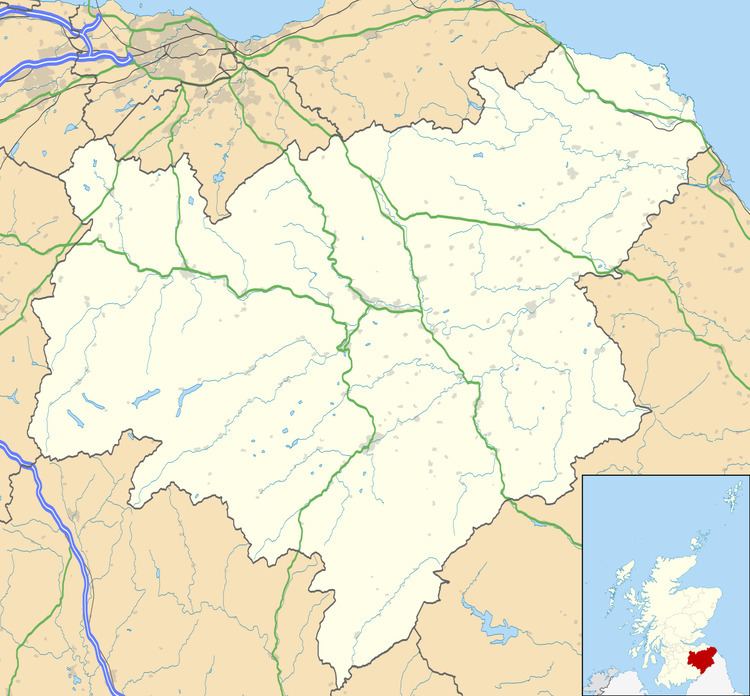OS grid reference NT9154 Sovereign state United Kingdom Local time Friday 11:17 AM | Ambulance Scottish | |
 | ||
Weather 7°C, Wind SW at 32 km/h, 82% Humidity UK parliament constituency Berwickshire, Roxburgh and Selkirk | ||
Hutton is a small village in the pre-1975 ancient county of Berwickshire, now an administrative area of the Scottish Borders region of Scotland. It is a traditional, country village surrounded by farmland.
Contents
Map of Hutton, Berwick-upon-Tweed, UK
Locality
Hutton lies one mile west of Paxton and two miles west of the border with Northumberland. Its closest market towns are Duns and Berwick-upon-Tweed.
The Village
The village hall was recently redeveloped and is used for social events. Hutton Primary School was closed in June 2005 after numbers fell to 15 pupils, on the basis of cost. The village however thrives with a local church, park and friendly traditional atmosphere.
Hutton Church
The Church at Hutton was dedicated by David de Bernham who was the Bishop of St Andrews on 6 April 1243. In 1652 seating was installed within the Parish Church, it is thought that it was the original church that had the seats installed. Before the seating was installed members of the congregation brought their own seats. Between the years of 1655 and 1660 Hutton Old Parish Church underwent repairs which included the addition of a gallery on the west side of the church and the roof being re-thatched.
In 1765 a new church was built to replace Hutton Old Parish Church. The new Church had seating for 400 people. The church had an earthen floor, un-plastered walls no ceiling and a thatched roof. A paved floor was laid in 1791 along with the plastering of the walls and ceiling. This church was demolished in 1834. At this time the church was said to be in a state of disrepair bordering on ruinous.
The present Church, built in 1835 by Ignatius Bonomi, is an impressive Romanesque Revival edifice inspired by Norham Church (where Bonomi also worked).
The bell bears the following inscription:
SOLI . DEO . GLORIA . IOHANNES . BURGERHUYS . ME . FECIT . 1661 .
Churchyard - rather overgrown and atmospheric, with mainly 18th and 19th century memorials.
Noteworthy:
The former Manse, Antrim House, sits NW of the Church (John Lessels 1876).
History
When the false warning of Napoleon's invasion in 1804 was sent out from the beacon station at Hume Castle, the volunteers from the district made Hutton their rallying-point, and spent a night under arms in the old church.
In more recent history it became popular with Polish soldiers after they were posted to nearby Winfield camp in World War II. After demobilization some continued to live in the village.
Traditional:
Hutton for old wives,
Broadmeadows for swine,
Paxton for drucken wives
And salmon sae fine.
Crossrig for lint and woo'
Spittal for kale,
Sunwick for cakes and cheese
And lasses for sale.
